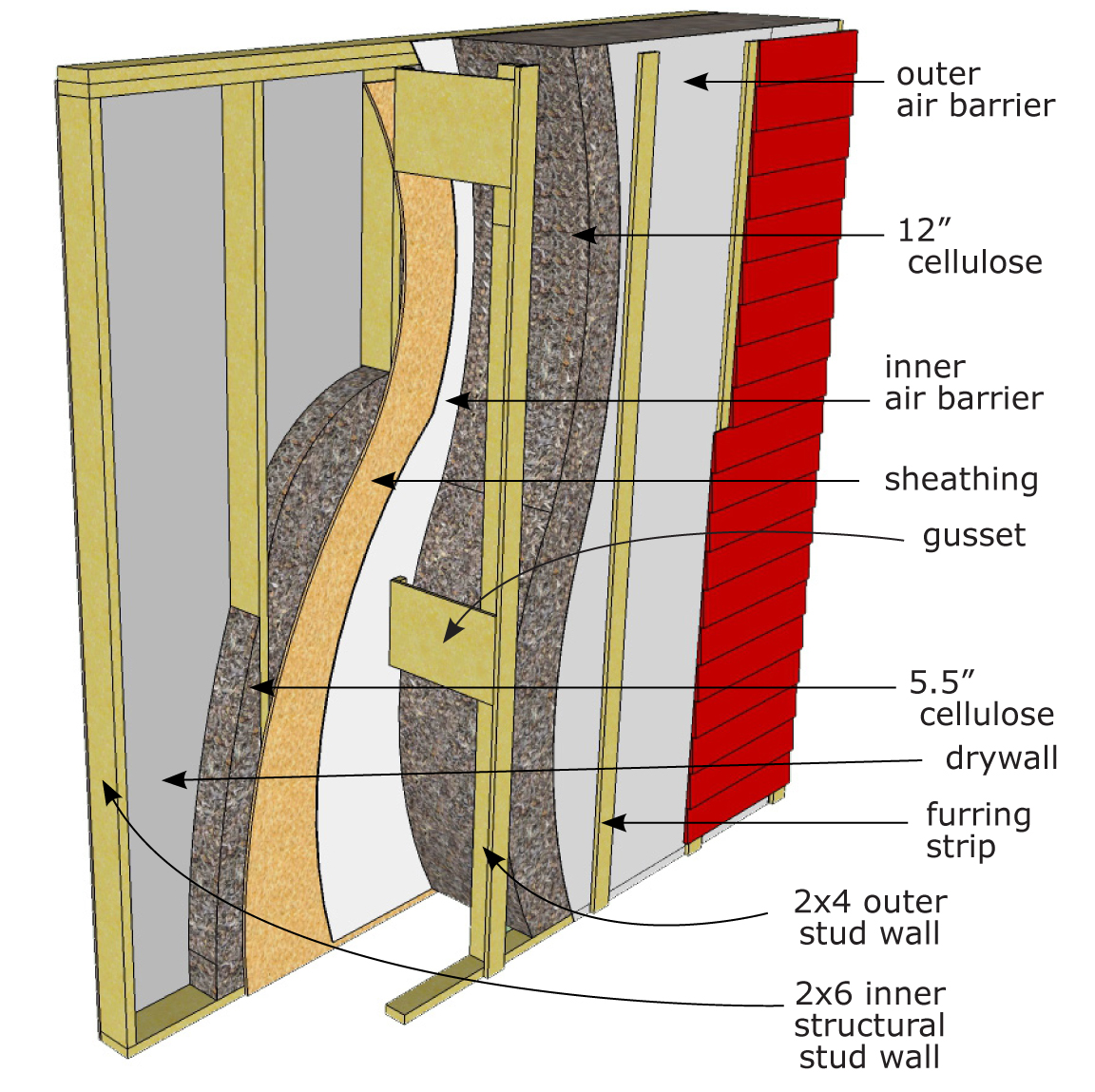
The only thing between the warm living space and the cold outside air in the attic, is the sheetrock and a layer of thermal insulation over that. Air enters the soffits, exits the exhaust vents removing moisture laden air and keeps the roof cold preventing ice dampening.

The barrier is put closest to the heat source to prevent the heat from leaving the heated space.Ī typical ventilated attic assembly is roof, attic space, attic insulation, sheet rock. What IS true, is there is not much radiant heat loss in a cold climate home BUT, radiant barrier helps the attic insulation work efficiently up to or very close to its R-value making it more effective and this is the same for basement and crawl space insulating. How can Radiant Barrier play a role in cold climate insulation? There are numerous ways and yet most of the information available is word of mouth, articles all badmouthing radiant barrier as totally inappropriate for use in colder climates citing zero possible use and results. This is a small surface area but poses a significant heat loss area which, increase heating costs and makes interior floors colder in the winter. Slabs at grade foundation should be insulated at the edges where the slab is exposed to cold air. The basement walls in a conditioned basement need insulating and any frame walls in the basement. A conditioned basement is heated intentionally or heated just due to the presence and functioning of the water heater or heating system. This is the same for an unheated garage with living space above. The later two are the most overlooked areas needing insulation in cold climates and in severely cold climates, the slab needs insulating.įor an unconditioned basement, the ceiling needs to be insulated keeping heat upstairs in the living space from passing through. In areas where it is extremely cold, high levels of insulation make a big difference. These are the attic, walls, floors, crawlspace, and basement. However, adding insulation to the right locations can and will improve efficiency.Ĭold climate insulation requires high levels of thermal insulation in the five main areas of a home. R-13 absorbs 93% of conductive heat, upgrading to R-40 will reduce the heat flow by only an additional 5%. Due to a higher heat load on the roof vs walls, adding more insulation to the wall does not always improve the outcome. More is not always the best way to improve or make a home efficient.

The BIG key to insulating is, “location, location, location!” The best solution to this would be to combine the latest and best up-to-date technology with the design concepts of earlier homes and produce truly efficient structures designed for one’s climate and location. Homes today are more comfortable however, we cannot keep up with the increased energy demands and as there are more and more gadgets with appliances even when they are Energy Star efficient, our energy and utility demands have increased. This produced housing types that were identical throughout the country, ignoring climate or environment.

From the 50’s to the 70’s, technology (HVAC) was thought to solve and used to solve all our problems regardless of location. In the South, they were moved to the exterior wall of the homes or, even outside. Homes in the North had fireplaces in the center of the house maximizing heat gained. Research and learn, one can never do enough of that for a project.Īn interesting bit of history is that buildings used to be built for their location. There is a plethora of issues and technical problems that must be addressed and understood which, brings into the discussion, talk to the pros, the real ones who have been in business for decades. Before even discussing Radiant Barrier, it is important to understand all the issues with cold climate insulating and retrofitting an old house or modern home with insulation.


 0 kommentar(er)
0 kommentar(er)
